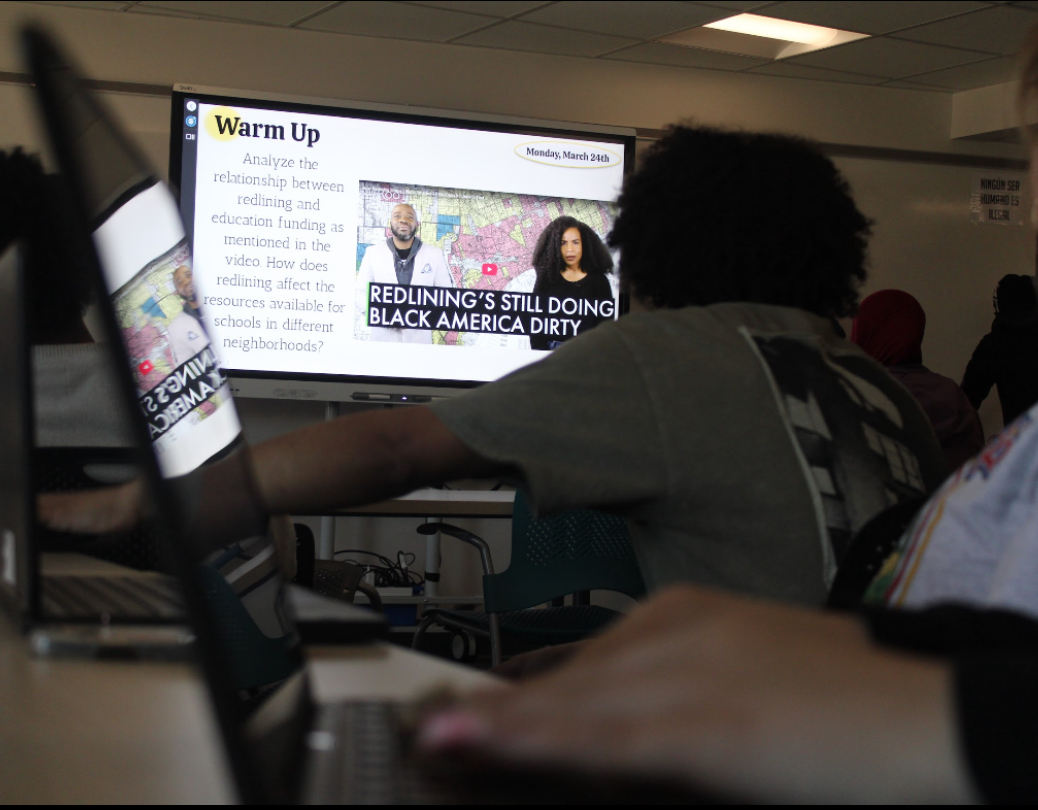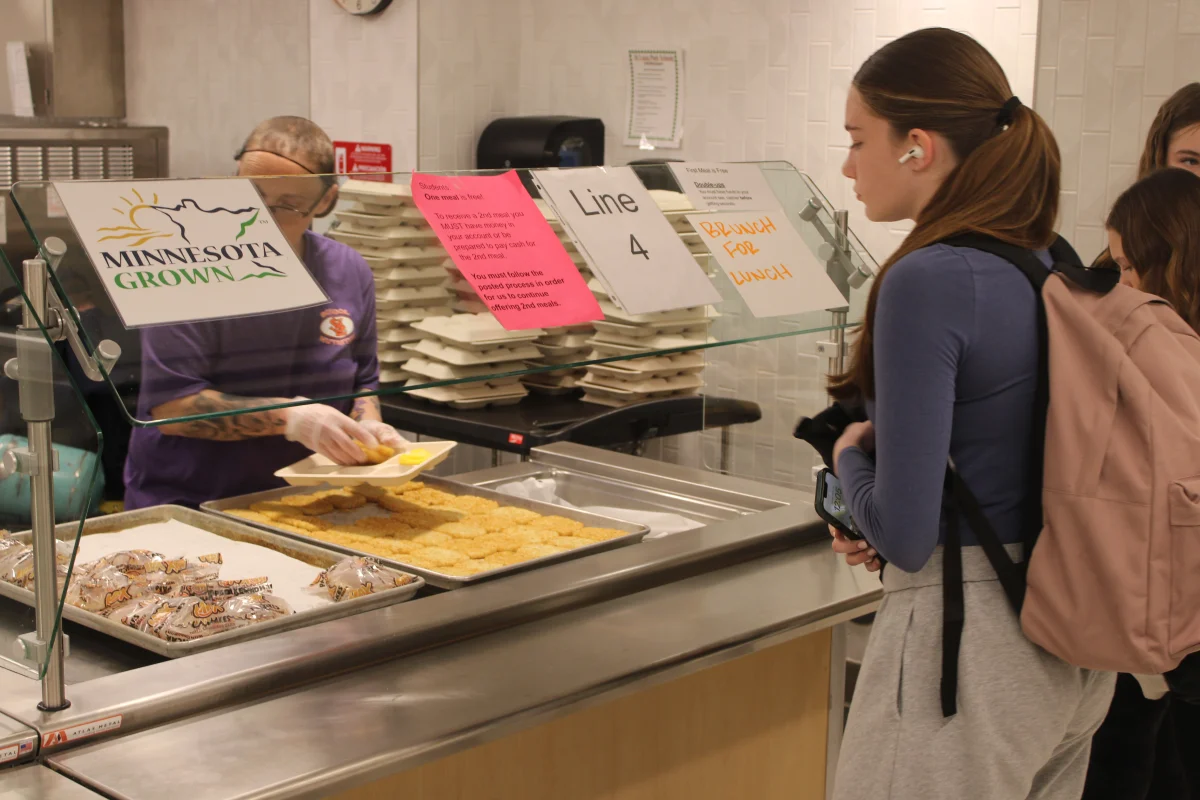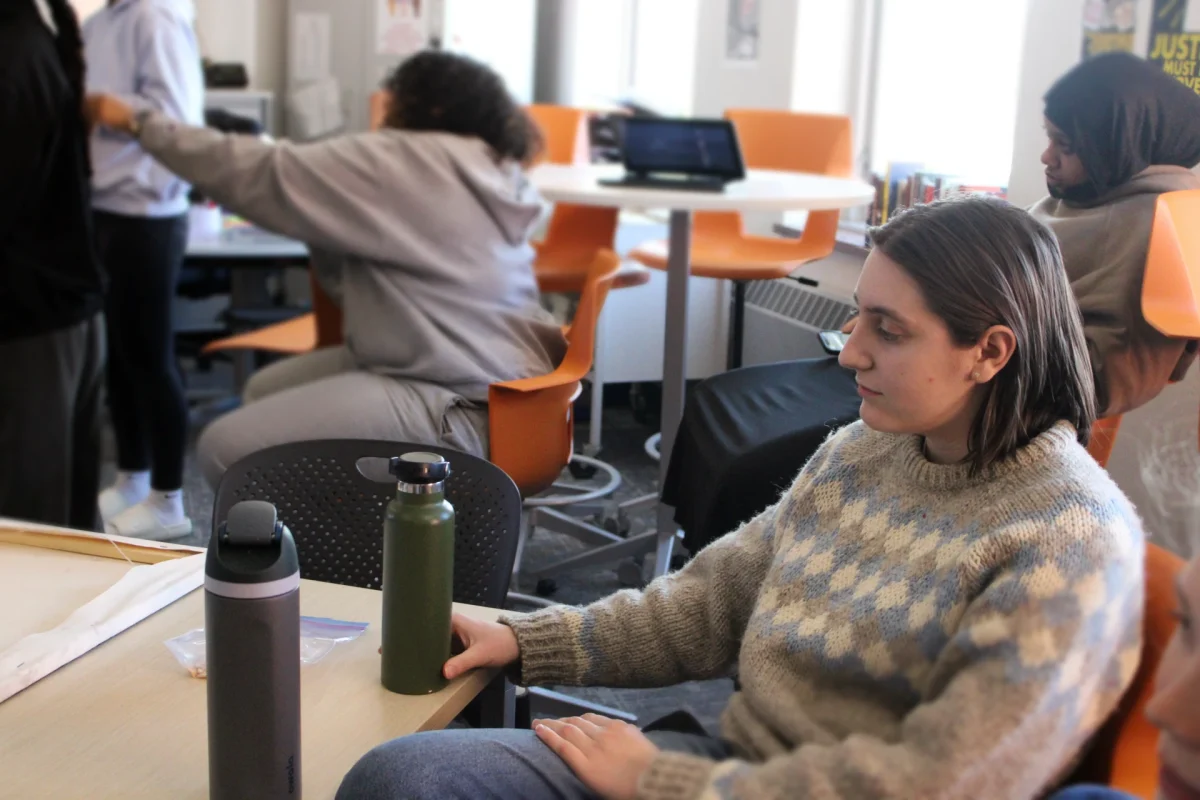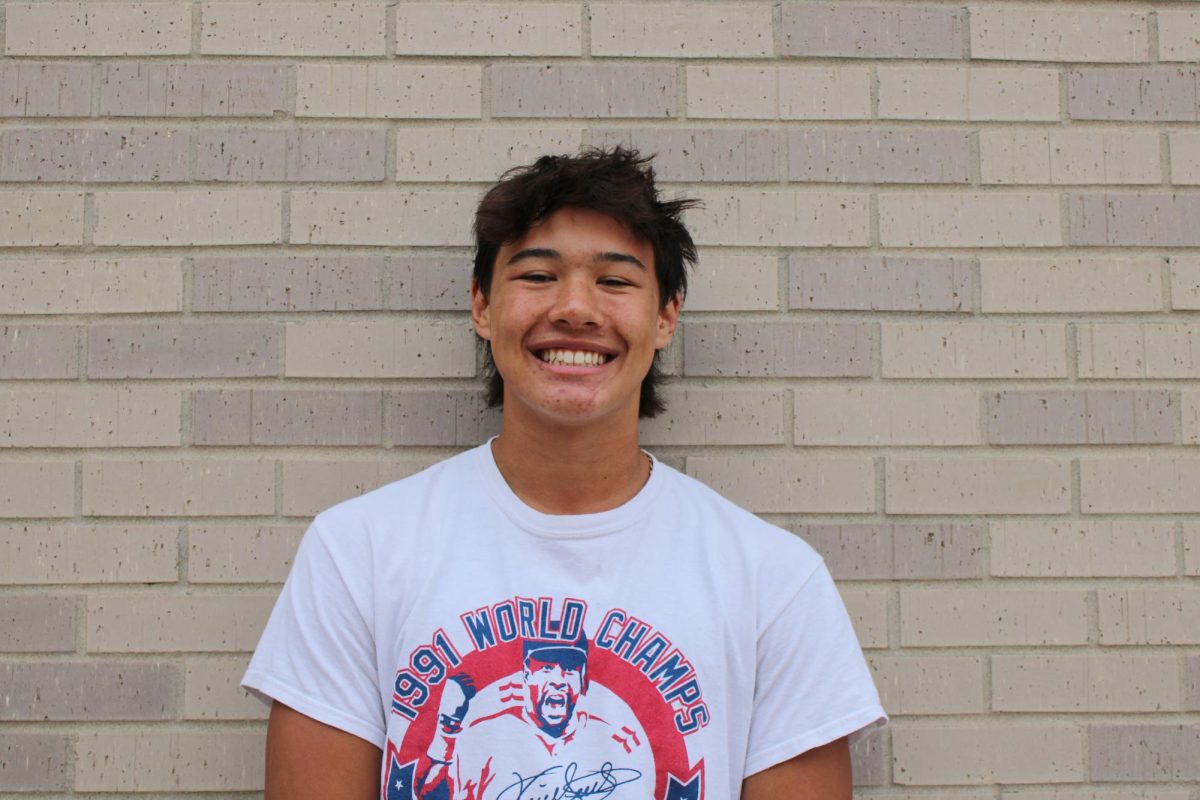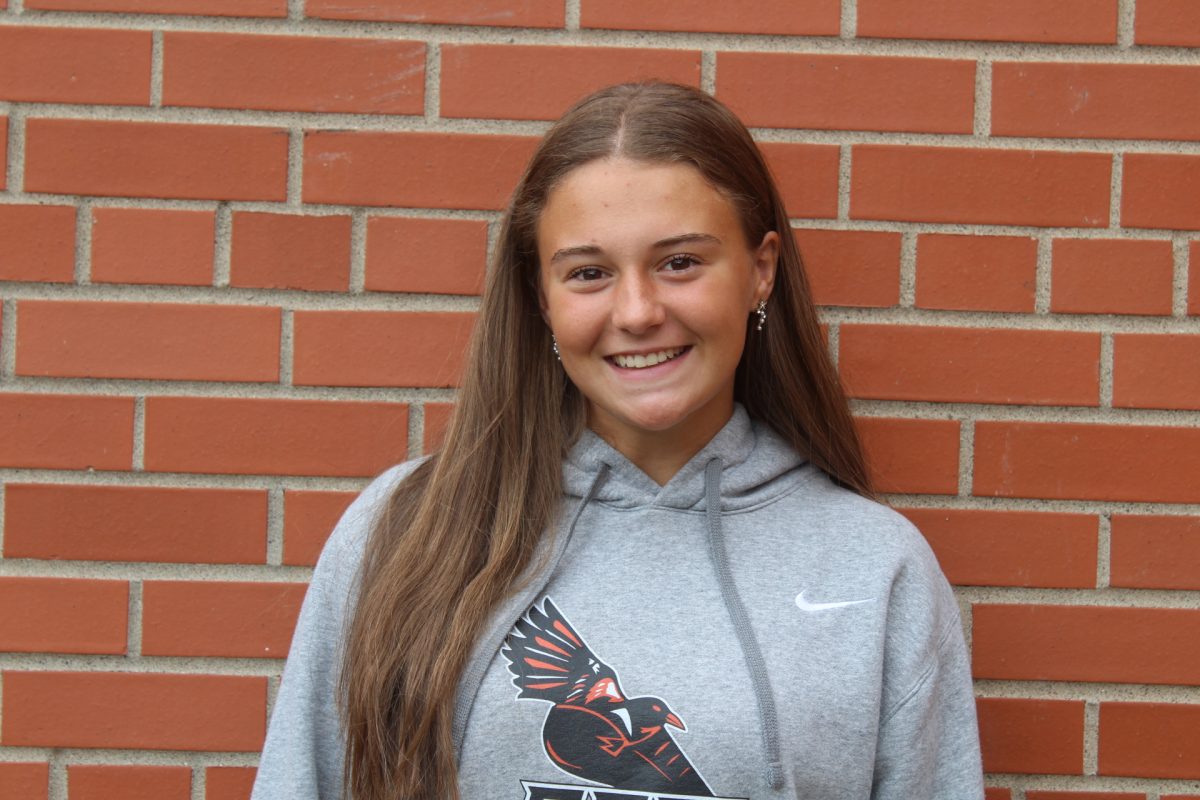Hispanic heritage month runs Sep.15 through Oct. 15, honoring Hispanic and Latino people and culture. For many, it is a time to celebrate resilience, family and the culture we were raised in. However, even with a significant Latino population, Park still falls short in recognizing Hispanic heritage month.
So far, Park has put Latin American flags on the back of classroom doors, with a poster to accompany the flag. While my heart did feel warmed seeing my mom’s home country, I still was hoping that the school would do more to educate people. The posters show a picture of the country and its name, however it gives no insight to the information about the countries. The only other thing I’ve seen is a quiz for park connections about hispanic food from different countries. The presentation lacked depth and didn’t do much to teach others beyond trivia. As a result I felt very disappointed in Park for not doing more to honor Latino cultures.
One thing Park can do to honor Hispanic heritage month is incorporating it into lesson plans. Students often feel more motivated if they see themselves in what they are being taught. There is no shortage of Latino mathematicians, scholars, historians and scientists which are relevant to whatever subject is being taught. In addition, it would be in the best interest of Park to highlight more Latino voices in books and history. This would not only give a well rounded education reflective of the real world, but also show commitment to the school’s anti-racist policy.
Another thing is recognizing the many independence days, which happen during Hispanic Heritage month. The first day of Hispanic Heritage month is also the independence day of several Latin American countries and a perfect time for students to learn about why this month is so important. If the 15th falls on a weekend, Mexico celebrates independence on the 16th and Chile celebrates independence on the 18th, so there’s no reason why we can’t celebrate at least one of those independence days. As for how to recognize these independence days, Park could announce it in the mornings, include it in lesson plans, put up decorations or invite students to have a discussion about it in class.
My final suggestion for Park is to still educate students about Hispanic culture, even after heritage month is over and to build on what is already being done. The diversity of Latinos is impossible to capture in a single month or lesson plan. Recognizing the contributions of Latinos takes ongoing commitment. Representation is still important year round and is vital to fostering and accepting space for all students. Even now, I am only one of many latino students at this school. My opinions and ideas will be different from other Latino students, because Latinos are not a monolith. By actively holding a dialogue with Latino students, Park can achieve meaningful progress in how Latino students are treated, recognized and taught.





